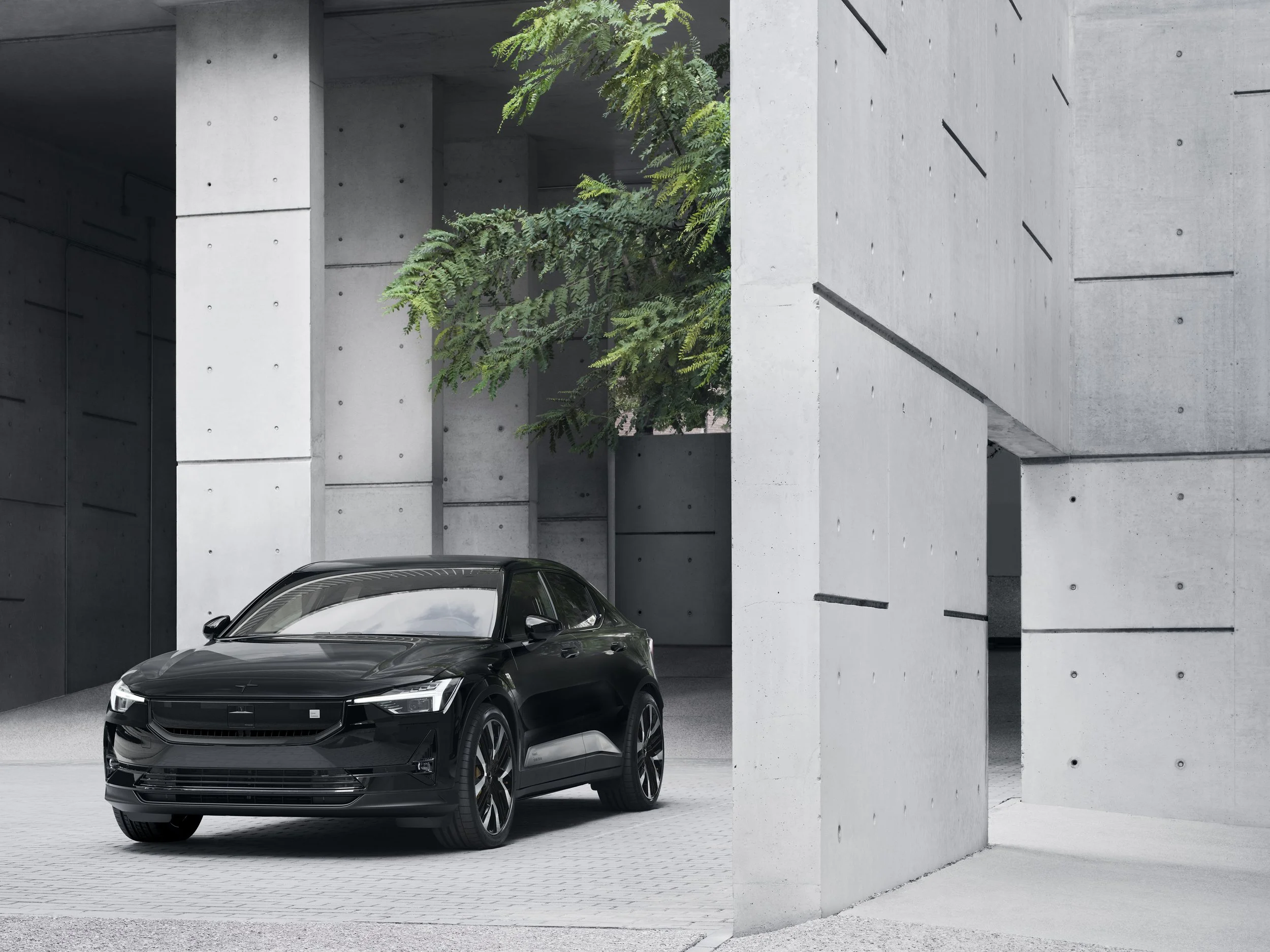Bigger battery, rear-drive up to 635kms’ range
/A big refresh for Polestar 2 delivers radical revisions
SWITCH from front to rear wheel drive for the single motor type, a change announced last week for its Volvo equivalent, is also to occur for the Polestar 2, along with battery and electric motor updates that enhance its capabilities.
The enhancements for the Polestar2 appear set to give it a range advantage over the Volvo XC40 and C40 Recharge cars with which it shares a platform and considerable technology, and it will beat its under-skin-twin to market.
Polestar’s national distributor has indicated that orders for the updated ‘Two’ will be accepted from April 1, with deliveries starting in the third quarter.
Volvo NZ indicated last week the XC40/C40 changes won’t land until 2024.
Both brands are distributed by the Giltrap Group, but maintain separate managements. The cars themselves come off a common production line in China, home to the brands’ owner, Geely, with each having head offices in Sweden.
Polestar 2 has been a solid performer in New Zealand, with 818 registrations in 2022. The round of battery and electric motor upgrades that will see it able to cover more kilometres on a single charge, not to mention switching from front-wheel drive to rear-wheel drive, essentially represent a rebirth, even though the car proper is physically unaltered.
In shifting its power to the rear wheels, the Polestar 2 single-motor model also gains 50kW more power, with 220kW now cited, as well as more torque - up to 490Nm from 330Nm. That brings the 0-100kmh time down to 6.2 seconds.
The Standard Range Single Motor version, which in present form is the sole variant to attract a Clean Car rebate, gets a little less power, 202kW, but the same improved torque figure.
The four-wheel-drive (dual motor) version cranks out 310kW, against 300kW in original form, and sends more of its power to the rear wheels, to improve the handling balance. It will make the 0-100kmh run in only 4.5 seconds. To increase efficiency, the front motor can disengage entirely at cruising speeds.
Need more? It’s achievable. Tick off the Performance Pack and you'll get 350kW and a 0-100kmh time of 4.2 seconds. That’s not a factory-fitted upgrade, either. The extra urge can actually be bought as an over-the-air software update for any eligible long range dual motor.
The change from front to rear wheel drive is a rare move for any car, even if it is much more easily accomplished in an electric than a fossil-fuelled vehicle.
Volvo’s announcement left impression it was to improve the dynamic and steering feel; with the C40 Recharge, there’s some noticeable torque effect on the steering in firm acceleration.
Comment from Joakim Rydholm, head of chassis development at Polestar, suggests that’s a trait his brand also finds distasteful.
“Changing from front- to rear-wheel drive in the single-motor variants, and recalibrating the torque ratio in the dual-motor variant for an increased rear-wheel-drive feel, elevates the Polestar 2 driving experience to a whole new level,” he said in comment shared out internationally.
“The updated Polestar 2 is an even more playful and agile car, retaining its compactness and complete sense of control, while at the same time becoming more mature with added comfort.”
There's extra range too. The Long Range models - both single and dual-motor - will now get a new 82kWh battery, supplied by Chinese giant CATL. The Standard Range versions keep a 69kWh battery, supplied by South Korea's LG Chem.
The big battery can be rapid-charged at speeds of up to 200kW, while the smaller one can manage a 135kW charge. Polestar claims that in spite of the bigger energy storage capacity, the batteries are now 'cleaner' to make, shedding 1.1 tonnes of CO2 in production.
The Dual-Motor Long Range model’s range lifts by 105km to 592km on the WLTP cycle. A Long Range Single Motor model can manage an official 635km on one charge, while the Standard Range Single Motor can do 518km.
The 2's styling has been changed too. The faux-grille which gave the model a distinct Volvo-ish look has been dropped for a 'SmartZone' styling that’s also on the incoming new Polestar 3 sports utility. This eschews airflow in favour of sensors - including the front facing camera and mid-range radar.
Standard equipment now includes Blind Spot Information System (BLIS) with steering support, Cross Traffic Alert with brake support and Rear Collision Warning and Mitigation, along with the 360-degree surround-view camera and automatic dimming exterior mirrors. A wireless phone charger becomes standard on all versions. Performance Pack models take 20-inch forged alloy wheels.
To read the Volvo story: https://www.motoringnz.com/news/2023/1/19/new-battery-rear-drive-for-volvo-electric



















